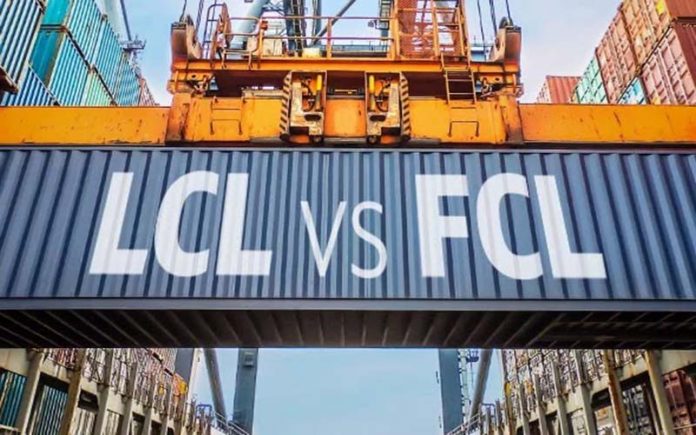If you’re shipping goods in any quantity by ocean freight, you’ll soon be wondering whether LCL or FCL shipping makes the most sense. Depending on a variety of factors such as the size and volume of your shipment, as well as how quickly you require it, either option may be adequate.
However, there is a lot to consider and comprehend before making a decision. If you’re unsure which container shipping option to choose, read this guide to learn everything you need to know. We’ll go over everything you need to know about FCL and LCL shipping, including what they are, how much they cost, how long they take, and more. Scroll through to get more immersed information.
I. Meaning of LCL and FCL
When shipping goods across the sea by container, the two most common options are LCL and FCL. The terms LCL and FCL refer to less than container load and full container load, respectively.
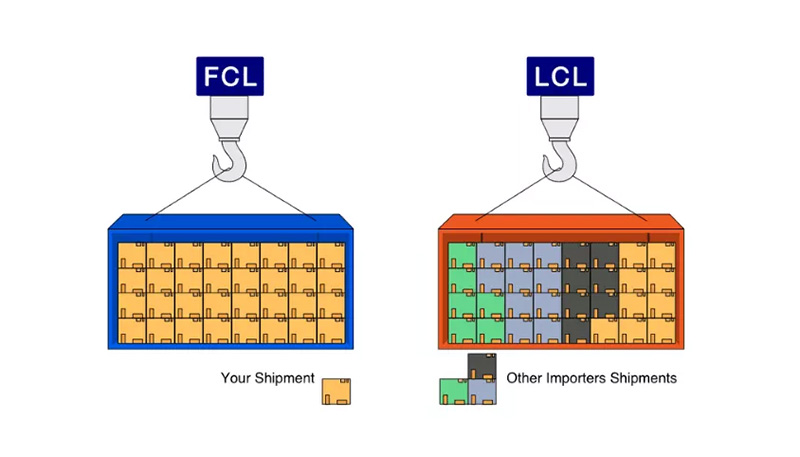
Meaning of fcl and lcl
FCL entails shipping your items in a full container, as the name suggests. You pay for the entire container with this option, so only your belongings take up the entire space. Shippers who have enough goods to fill a 20 or 40-foot container usually choose this option. Many people, however, choose FCL when their goods are close enough to fill the container that the price difference isn’t significant. It usually takes around 10 cubic meters (CBM) to reach the tipping point.
LCL involves sharing container space with other people’s shipments. While FCL allows you to have complete control over an entire container, LCL combines your shipment with that of others. People shipping smaller volumes or looking for more flexible delivery options frequently look into shipping less than a container load. As such, LCL is the go-to option for shipments weighing between 1 and 10 CBM.
II. FCL and LCL – What makes them different from the other?
LCL and FCL are fundamentally different because they have very different spacing implications for your shipment. The main distinction between the two is that with LCL, you usually share space with other people’s shipments, whereas with FCL, you don’t. Other distinctions to consider:
- Cost
Whether your shipment fills the container or not, you must pay the price of a full container when shipping FCL. There is no requirement for the size of your shipment before you can use FCL.

Difference between Fcl and Lcl
However, because you are charged per CBM for your shipment, LCL may be more expensive. CBM is a unit of measurement that indicates how much space your shipment requires. As a result, if you’re shipping goods that can’t be stacked or take up a lot of room, you’ll have to pay for the space that other shipments can’t use because of your goods.
- Volume
LCL is ideal for shipment loads of 1 CBM or less. If you are shipping less than 1 CBM (or less than 200 kilograms), air freight may be more cost-effective. However, if you are shipping more than 10 CBM, the price difference between FCL and LCL may be insignificant.
- Speed
LCL shipments take slightly longer to arrive than FCL shipments. This is because additional days will be required to consolidate your goods with those of other shippers. This includes the time required to sort, load, unload, and separate the goods at each port. Before leaving the port, the shipment must wait for other goods traveling to the same destination. In comparison, FCL takes much less time because the entire shipment is delivered directly to you.
- Security
FCL has a higher level of security than LCL. Because it is handled far less than goods shipped via LCL, there is a lower risk of damage, theft, or loss.
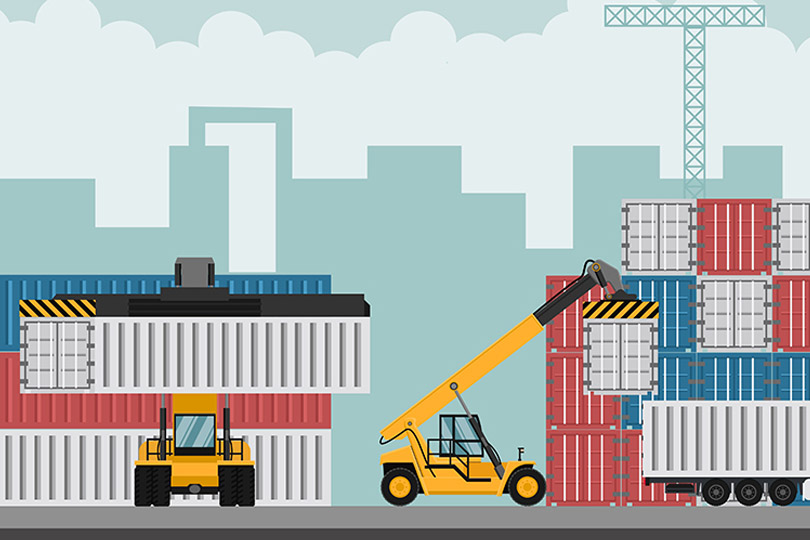
- Flexibility
When compared to FCL, LCL is much more adaptable. LCL is ideal if you’re delivering to multiple Amazon FBA facilities or multiple 3PLs, for example, or if you need to split your deliveries across multiple destinations. However, if you need to ship this via FCL, you’ll need to account for the additional costs of warehousing, unloading, sorting, and trucking to the delivery address.
- Availability
It can be more difficult to get FCL shipments during peak periods, such as the weeks leading up to the Chinese holidays. Because you don’t have to wait for a full container to become available, LCL may be a better and even faster option right now.
>>Read more: THC in shipping terms.
III. FCL and LCL – Which one is better?
The main advantage of FCL over LCL is the relative security of your goods. FCL is a better option if you are shipping fragile goods or items that must remain undisturbed during the voyage.
FCL is also faster than LCL. Because your shipment will be traveling alone, you will not need to account for consolidation and de-consolidation time. Furthermore, traveling with other shipments could expose your shipment to customs issues. If they decide to inspect any of the shipping of the goods in the same container as your shipment, the entire container will be delayed.
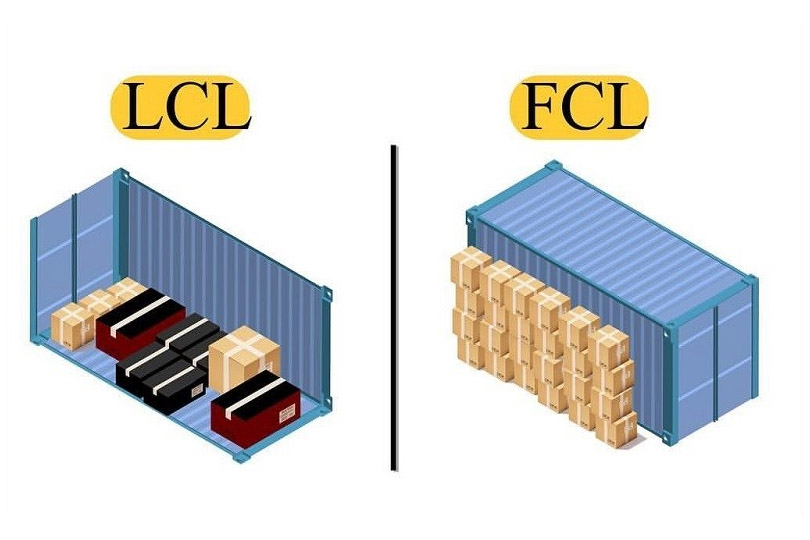
Fcl and lcl shipping
Despite this, LCL may be a better option for small businesses and startups in general. It has a flexible pricing structure that allows you to fit your shipping requirements into your budget. This is especially useful for low-volume shipments.
IV. How to choose between LCL and FCL in ocean freight?
The decision between LCL and FCL comes down to four factors: volume, cost, security, and urgency.
If your shipment is larger than 10 CBM, consider whether FCL is a better option. However, for low-volume shipments, LCL is likely to be the best option.
When the volume is close enough to be confusing, your next thought should be about the cost. For shipments larger than 10 CBM, FCL makes a lot of sense. This is due to the fact that you pay a flat fee for a full container. Given that LCL costs can skyrocket as your goods take up more space, FCL may end up being less expensive. However, if your shipment is less than 10 CBM, FCL will most likely be more expensive.
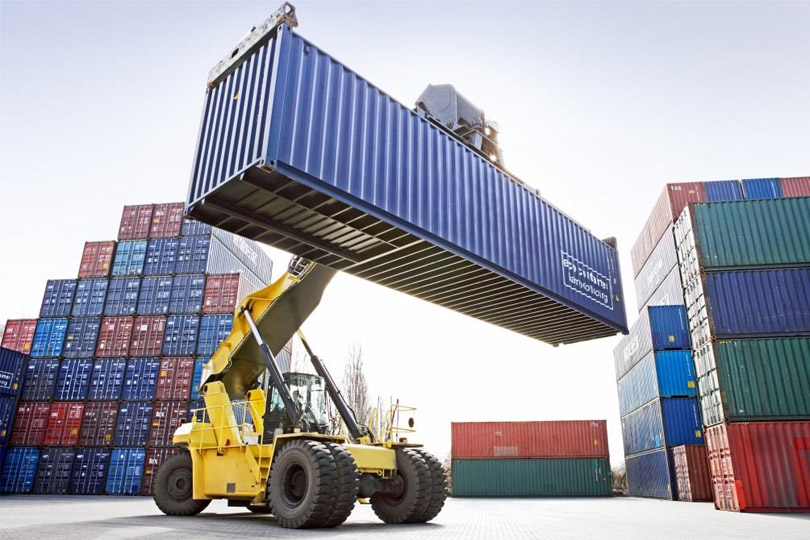
If security and protection against mishandling are important to you, FCL is a better option. This is also true if you don’t have flexible delivery dates and need the goods as soon as possible.
Overall, it’s difficult to say which shipping option is superior to the other. In reality, they are two very different shipping options that are best suited to very different situations. They can even offer complementary solutions to shipping problems in the right circumstances.
V. Conclusion
Yeah, that’s all we want to share with you about FCL and LCL. Hopefully, you now understand the distinctions between FCL and LCL logistics, as well as their advantages and disadvantages. As a result, you can make an informed decision about a more advantageous shipping option for your company.
- Website: https://janbox.com.
- Email: [email protected].
- Facebook: https://www.facebook.com/janbox.com.en.

